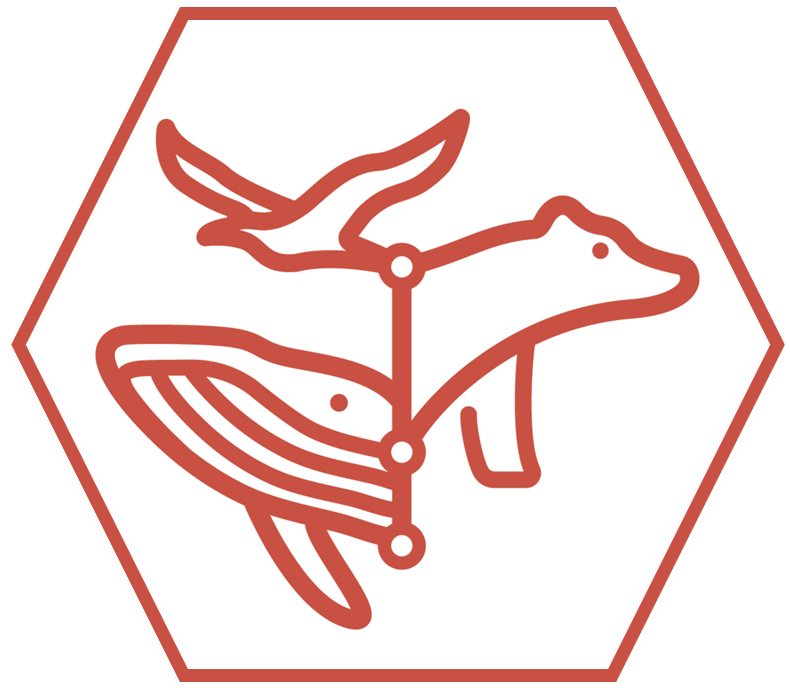Effects of an offshore oil development on local abundance and distribution of ringed seals (Phoca hispida) of the Alaskan Beaufort Sea
Citation
Moulton, V. D., W. Richardson, R. E. Elliott, T. L. McDonald, C. S. Nations, and M. T. Williams (2006). “Effects of an offshore oil development on local abundance and distribution of ringed seals (Phoca hispida) of the Alaskan Beaufort Sea”. In: Marine Mammal Science 21.2, pp. 217-242. DOI: 10.1111/j.1748-7692.2005.tb01225.x.
Abstract
This study investigates how densities of ringed seals were affected by construction and oil production activities at Northstar, an artificial island built in the nearshore Alaskan Beaufort Sea. Intensive and replicated aerial surveys of seals on landfast ice were conducted during six spring seasons: for three seasons before island construction began (1997–1999); after a winter of intensive island construction (2000); and after more limited construction plus drilling (2001) and drilling plus oil production (2002). A Poisson regression model was used to examine seal densities relative to distance from Northstar after allowance for environmental covariates. Post hoc power analysis indicated that the study design and Poisson regression approach had high power to detect small-scale changes in seal densities near Northstar if such changes had occurred. However, seal densities during spring were not significantly affected by proximity to Northstar in 2000–2002. Habitat, temporal, and weather factors did have significant effects on seal densities. This study shows that effects of the Northstar oil development on local distribution of basking ringed seals are no more than slight, and are small relative to the effects of natural environmental factors. An understanding of environmental effects is essential when assessing potential impacts of industrial activity on ringed seals.
